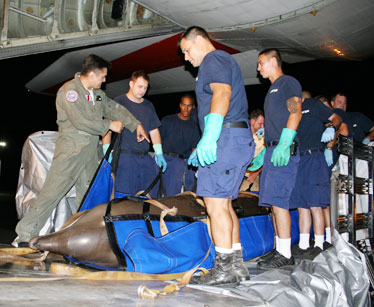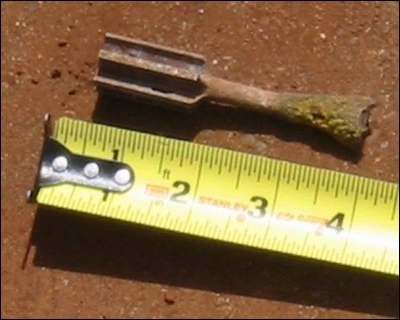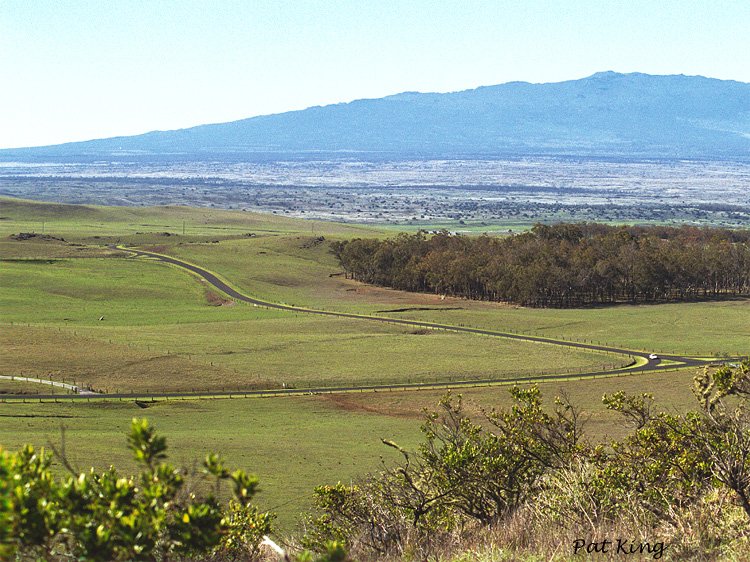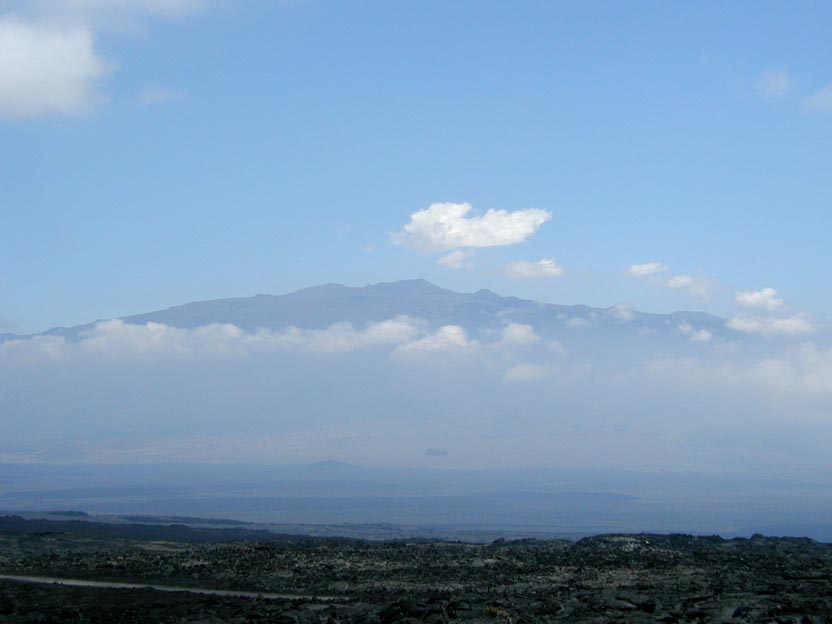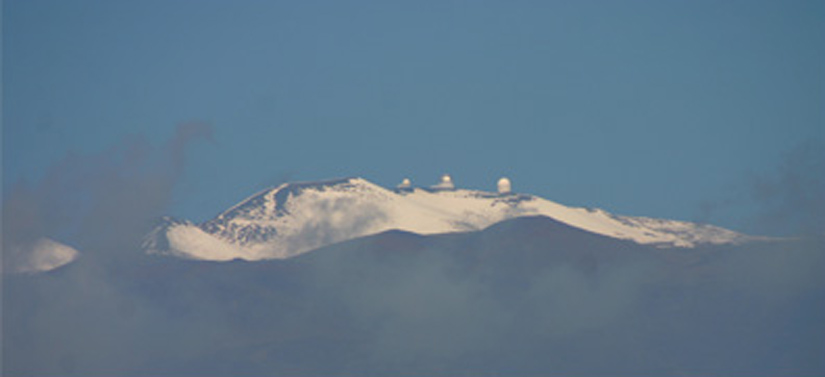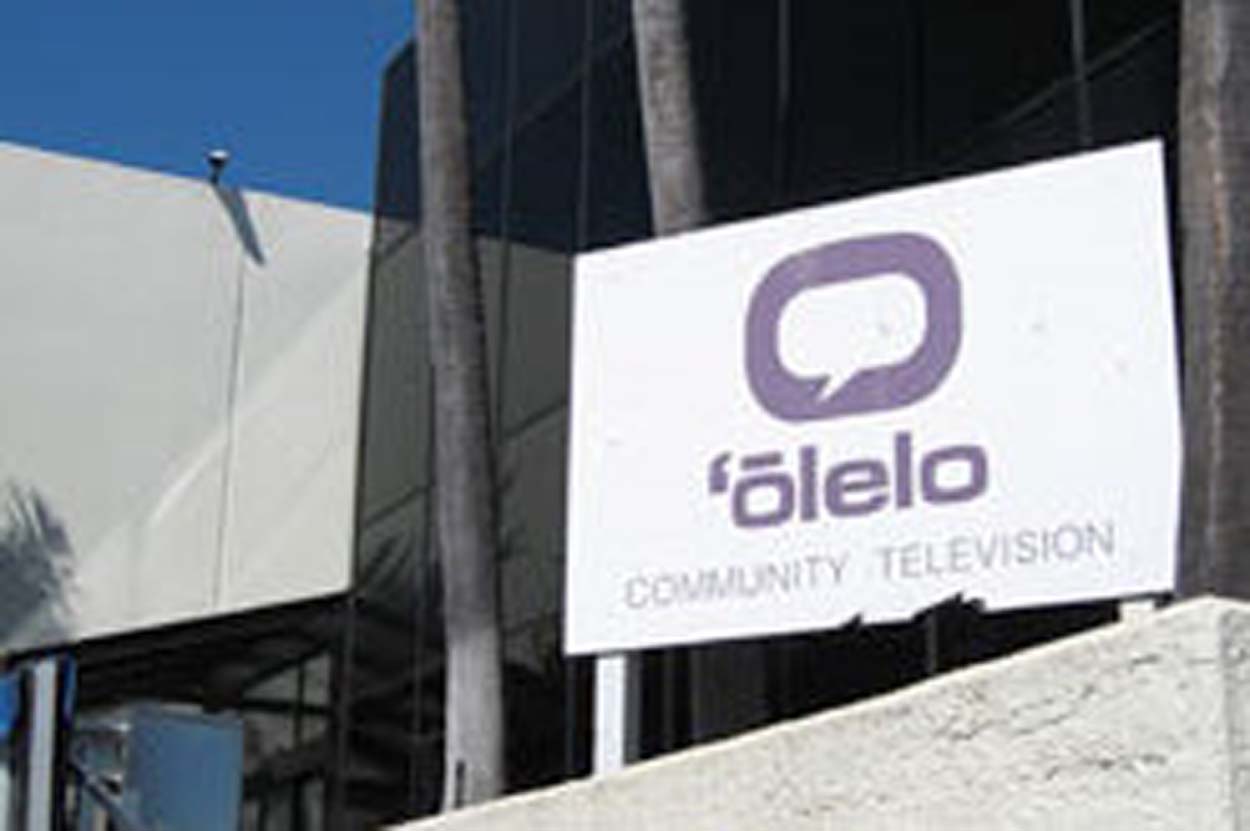Blog
News, updates, finds, stories, and tidbits from staff and community members at KAHEA. Got something to share? Email us at: kahea-alliance@hawaii.rr.com.
playing games with graves
From Evan:
Playing Games With Graves: This is what we appears to be happening at every turn here in Hawai`i. Burials are sacred and honoring our Kupuna is our responsibility. By honoring the past, we are connecting to those that have come before, acted as stewards and literally given their life to the land. Yet, the recent events at Naue Point on Kauai have brought our attention, once again, to the fact that some people just don’t get it.
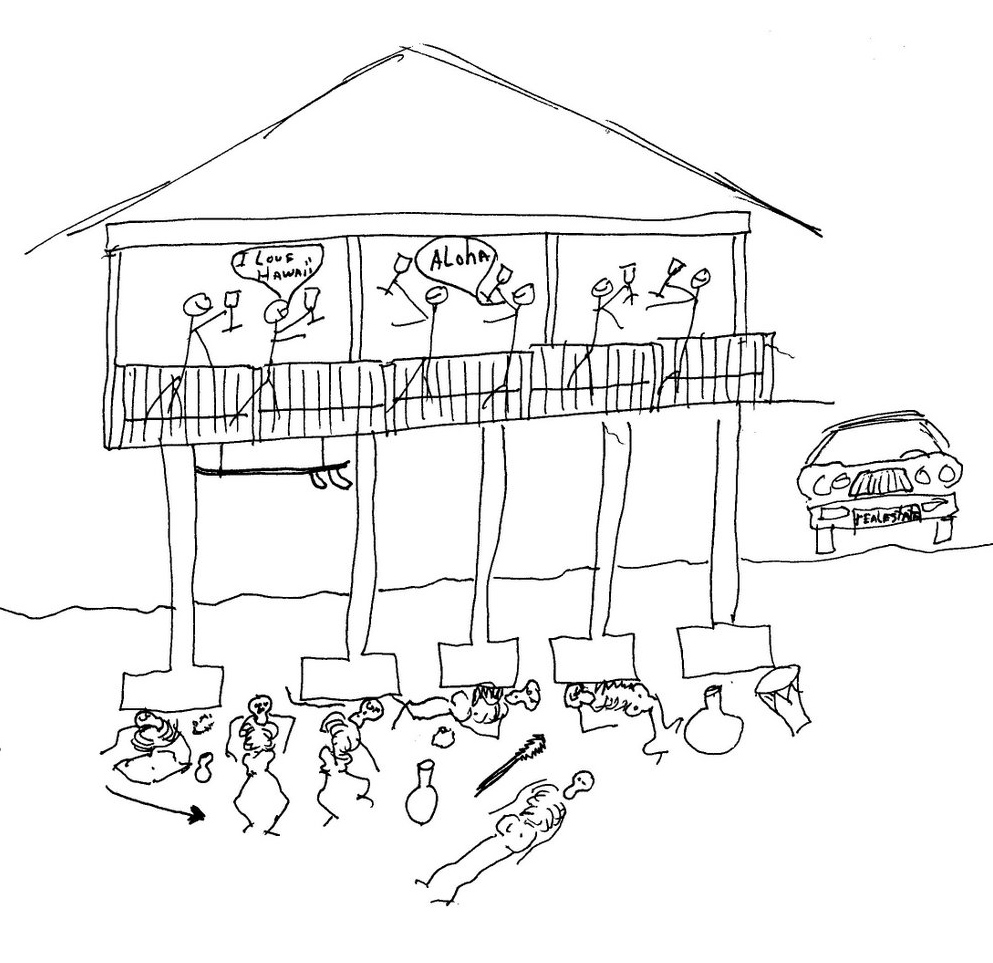
On Kauai, the community members have stood tall in the face of eroding burial laws and corrupt processes for what they know is right. They need to be commended and this story needs telling. The community on Kauai is not alone although it may feel that way sometimes. The ongoing debacle at the Ward Villages construction site is yet another reminder of all that is inept about historic preservation these days.
Detours in the current legal framework allow for developers to take the easy way out with incomplete and ineffective archaeological reports that open the door to the permitting process. The difference between a “previously identified” and an “inadvertently discovered” burial can save developers loads of money, while also being the key that opens the door to development. Regardless of their trickery, it is an abomination of the spirit of the current burial law.
As one colleague recently questioned, “Previously identified by who? Everyone knows there are burials all over the beach in Hawai`i, especially on Kauai and Oahu.” Unfortunately everyone but the decision makers have gotten the message. Disarray at the State Historic Preservation Division and a City and County level permitting processes that, on Oahu has ignored an 18 year old resolution calling for detailed oversight of historical remains, continue to pave the way for gross unfairness in the handling of our most dearly departed. The process that results often resembles little more than a rubber stamp.
The situation on Kauai has brought many of these inequities to the surface and we need to take greater notice in all that is not working. After the developer was forced to preserve the burials in place by the island burial council; a scheme to build on top of the burials somehow got approved. As a result of the ongoing protests, the police stepped in to use criminal desecration statutes but the county prosecutor was unwilling to go along. OHA even took notice and asked SHPD to file a cease and desist order, which has not yet occurred. And now, Native Hawaiian Legal Corporation, along with OHA, is stepping up to take legal action. The question that remains: Why is it that we have to bring our Kupuna out of the ground and into court time and time again?
Perhaps it is the the loopholes in the burial laws that keep this mockery ongoing. Less than whole archaeological reports and a general mistrust for the entire historic preservation process are surely among the culprits as well. Making change in the current atmosphere will not be easy. One way to persevere through these challenges is to recognize that we are not isolated communities dealing with these issues, but a people connected by a common purpose. A purpose to keep sacred all that has come before and cherish all that is sacred for those yet to come. This we can do. This we must do. One step at a time, together.
Coincidence, totally. Right.
Monday = RIMPAC exercises end and another whale strands itself on Molokai beach. Think they’re related?
“Any statements implicating sonar or RIMPAC activities are premature and speculative,” said spokesman Mark Matsunaga.
Star-Bulletin story: http://starbulletin.com/2008/07/30/news/story09.html
“Obviously I feel that there may be a correlation because, for one thing, this type of whale stranding does occur for a variety reasons. This particular type of whale has consistently been associated with stranding related to the Navy’s sonar all around the world,” said Paul Achitoff, attorney with the Earthjustice office in Hawaii, adding, “So when one happens while the Navy is using its sonar … it’s obviously something that should raise concern among any objective person.”
self help: restoring stream flow.
From Alan Murakami of the Native Hawaiian Legal Corporation, on behalf of East Maui Taro farmers and Na Moku Aupuni O ko`olau Hui:
Background. The law provides for various appropriate remedies for dealing with and managing serious conflicts over uses of stream water. The biggest conflicts over stream water uses have festered for years because of the massive diversions of East Maui streams by East Maui Irrigation Company for decades. EMI diverts as much water for its plantation uses in central Maui as the average amount that all of O`ahu consumes. The biggest conflict involves the water EMI is taking illegally from streams that feed taro patches and support native stream life vital to the preservation of Hawaiian traditional and customary practices in the cultural landscapes of Wailuanui and Honopou Valleys.
State Agency Delays. After 7 years of patiently waiting for the implementation of the appropriate administrative remedies theoretically available to it, Na Moku Aupuni O Ko`olau Hui’s leadership has been repeatedly frustrated by the inaction of both the Board of Land and Natural Resources and the Commission on Water Resources Management in performing its public trust functions designed to protect the public interest and the water rights of East Maui taro farmers and subsistence gatherers.
Those functions are based on the presumption that these agencies will respect and enforce clear law on water rights held by these farmers and gatherers, which are explicitly protected by the Hawai`i Constitution, the state Water Code, and a long line of water case law. These laws not only respect these practices of these cultural practitioners, but provide the basis for demanding that EMI demonstrate the ABSENCE of injury to these practitioners BEFORE diversions are allowed. Despite holding all the legal advantages of these laws, the BLNR and the Water Commission have delayed, without explanation or justification, the timely implementation of these laws, leading to chronic and severe cultural and monetary damages amongst farmers and gatherers trying to enforce their rights.
Frustration. For example, the CWRM has, without explanation or legal justification, delayed action on Na Moku’s pending request to restore stream flows to support constitutionally protected water rights of taro farmers and subsistence gatherers since 2001, although the governing statute demands action within 6 months. Similarly, like its sister agency, the BLNR has allowed EMI to continue diversions from East Maui without regard for these same farmers and gatherers, even after a year since it supposedly acted to direct its staff to protect the water rights of those affected. The DLNR has failed to fully implement the year-old order of the BLNR, which was designed to provide farmers immediate interim relief from the effects of the existing EMI diversions.
Self Help. On July 9, 2008, taro farmers observing water being improperly diverted from Wailuanui Stream unilaterally released water from EMI diversions. The affected practitioners could not wait any longer, having suffered failed taro crops due to insufficient irrigation water, while EMI diversions took the water that would have savedand supported their crops. This exercise of their constitutional rights did not follow the procedure outlined in either agency’s timetable for action.
Nevertheless, the releases from EMI’s diversion works are entirely consistent with the continuation of traditional and customary practices followed by their ancestors for growing taro and gathering from the streams. It is just that the BLNR and CWRM did not, and apparently chose not to, promptly protect the superior water rights of these practitioners as the law would otherwise require. Their failure to timely implement the law directly resulted in the level of frustration felt by all practitioners in East Maui who have attempted to patiently wait for the water to which they are entitled in the affected streams.
Na Moku position. The taro farmers and subsistence gatherers who took this unprecedented action in the midst of the delayed proceedings did so without prior approval of Na Moku. Na Moku has continued to make itself available to state agencies, in all available administrative processes, in efforts to seek the orderly restoration of streams illegally diverted by EMI. However, it cannot and does not condemn the unilateral releases of water into the streams last week by taro farmers frustrated by long, and unexplained, delays by state agencies. After all, tenants of an ahupua`a do have the reasonable right to access areas within the same ahupua`a to continue their traditional and customary practices, including taro growing and subsistence gathering.
Na Moku affirms its belief that these releases reflect the reasonable and overdue exercise of these rights, protected under the Hawai`i Constitution, statutes, and case law, with which responsible state agencies cannot and should not interfere. This responsibility for this resort to self help rests entirely with the BLNR/DLNR and the CWRM. Na Moku and the taro farmers who are now acting are all frustrated by these agencies failure to act timely enough to save their taro crops. Moreover, successful taro farmers contribute heavily to enhancing Hawai`i’s food supply, its food security and long-term sustainability. Each agency should not exacerbate building tensions by any heavy-handed means to reacting to these farmer actions. The farmers are only reacting to belated processes each agency has not timely nor properly implemented.
In the spirit of moving forward in this unprecedented circumstance, Na Moku stands ready to cooperate with the CWRM and the BLNR/DLNR to continue any reasonably prompt process to assure that the rights of its members are respected and timely enforced.
Thar She Blows: DU on the move on the Big Island
“Waiki`i Ranch Dust Samples Show No Depleted Uranium” is apparently receiving a skeptical response from local and international scientific experts, according to our friends at Malu `Aina on Hawai`i Island.
The report posted a “statistically insignificant” amount of depleted uranium (DU) in the community of Waiki`i, 8 – 10 miles downwind of Pohakuloa Training Area (PTA), where the Army admitted in 2006 to using DU spotting rounds for its Davy Crockett nuclear weapons system. The test is based on a sample taken by Waiki`i Ranch Depleted Uranium Project Manager, David Bigelow, and sent to a laboratory in England for analysis.
From Malu `Aina guys:
Dr.Rosalie Bertell, PhD, remarks that the lab report “actually says that there IS DU in the sample. There should be zero. It is irrelevant that it is ‘not significant.’” Dr. Bertell — who has been honored by the U.N.as a statisticisn, epidemiologist, and member of the Science Advisory Board, International Joint Commission of the U. S. and Canada — goes on to say: “What you really want to know is whether or not the uranium found in the sample has been fired. This means electron spectroscopy.” Dr. Pang is also skeptical about the term “statiscally insignificant.” He claims that the laboratory’s reading of 1/100 DU, allowing for a measurement error of 1%, could mean the presence of 2% DU in the sample instead of its “zero” interpretation.
Dr. Lorrin Pang, MD, MPH, comments: “it is hard to do statistics with a sample of one,” referring to the single dustpan sample depicted on the front page of the newspaper’s July 22 issue. Dr. Pang, speaking as private citizen, is retired from the Army Medical Corps, is on the Best Doctors of America list 2006-8, and a consultant to the World Health organization (WHO) since 1985. Russell Takata, state radiation chief, is also on record as questioning WRHOA’s methodology.
To label tests a “bust” and conclude that “preliminary results find no health hazard” is simply not supported by fact. Closer to the truth is that we have been told little or nothing about whatever tests may have been conducted by the state or federal governments. Mr Takata refers to “preliminary reviews of about 90% of test results” but gives no data. What about the other 10%? The Army allegedly tested 800 dust samples, but these results have yet to be made available to the state or the public. All of this adds up to sweeping claims of safety, while providing no hard data to back them up. This has been a repeated pattern over the past several years: claims but no data.
The Hawaii County Council by a vote of 8-1 on July 2nd, passed resolution 639-08, calling for the halting of all live-fire that could spread military radiation and independent, comprehensive, testing
`Awa Circle + Talk Story with Kealoha Pisciotta
We heart Kealoha Pisciotta and we’re excited to have her in town! We’ll be talking story and sharing `awa at StudioBe in Chinatown with Kealoha on July 25, 2008.
She’ll be speaking and screening excerpts from Mauna Kea: Temple Under Siege, a film by Na Maka o ka `Aina. We’ll be talking with Kealoha about her experiences and activism in protecting of the sacred summit of Mauna Kea from development. Today, the IFA and a consortium of international institutions has a multi-million dollar proposal to build the largest telescope in the world on the last pristine plateau of Mauna Kea.
`Awa Circle + Talk Story: Sacred Landscapes
Friday, July 25, 2008
7PM to whenever pau
at StudioBe
corner of Beretania + Smith
63 N. Beretania St., 2nd Floor
A Hilo girl, cultural practitioner and former telescope tech, Kealoha’s tireless activism has helped to protect Mauna Kea’s sacred summit from unmitigated telescope development. She is the president of Mauna Kea Anaina Hou.
Mauna Kea, on the island of Hawai’i, is sacred as an elder ancestor and kinolau (physical embodiment) of spiritual deities. The summit area is also ecologically unique, and home the endemic weiku bug, which feeds on insects blown to the summit by updrafts.
Today, thirteen telescopes and support facilities crowd the sacred landscape of Mauna Kea. Even after 30 years of community opposition, a consortium of institutions led by the UH Institute for Astronomy (IFA) continues to propose new telescope construction. Today, over 1,000 individuals regularly drive to telescopes on the summit, leaving behind some 500,000 gallons of human waste toxic chemicals such as ethylene glycol and liquid mercury over the Big Island’s only aquifer.
13 of the richest nations in the world currently pay only $1 per year for their use of the sacred summit.
Construction has damaged and leveled the peaks, spewing dust and facilitating human intrusion that is wreaking havoc on this fragile and unique Hawaiian ecosystem. These impacts, coupled with the introduction of invasive predatory arthropods, are decimating populations of the wekiu bug, one of 11 endemic and imperiled species that call the mountain home.
“If we say yes to more development, we are saying yes to the desecration of our temple and our ancestors, yes to the destruction of our waters, and yes to the possible extinction of life itself.” – Kealoha Pisciotta
Oahu without Olelo?
We shudder to think. We know that Olelo public access is an incredibly important non-commercial resource for information, discussion, expression and community connections on Oahu.
Olelo was created as part of an agreement between DCCA and Oceanic cable in 1989. In return for a cable franchise on Oahu, Oceanic agreed to provided PEG (public access) cable services through Olelo.
The Oceanic franchise expires at the end of this year, which means its re-negotiation time. Think Oceanic is going to continue their public access requirement without a demanding public? Think again.
The increasing trend with cable corporations is to eliminate funding for access services. The very existence of Olelo is at stake!
Hearing on the future of Olelo Tomorrow: Tuesday, July 15 from 4PM to 6:30PM at McKinley High, Hirata Hall. (Hirata Hall is best accessed from Pensacola, midway between King and Kapiolani. Parking is to the immediate right as you turn into the campus from Pensacola.)
From the guys at Olelo:
Thank you so much for spreading the word and for your encouraging responses. It is our understanding that except for a short opening PowerPoint presentation, the majority of the meeting will be devoted to public comment. Be sure to sign in, and if you plan to speak, check the appropriate box on the sign-in sheet.
We also understand that two questionnaires will be passed out. One will deal with the current quality and adequacy of cable service. The other may focus on ‘Olelo’s role. The information on our website, http://www.olelo.org/news_franchise_renewal.htm may help you prepare your written comments.
Written comments will be accepted through July 31.
Thank you again for all of your support. I look forward to seeing you at this important meeting on July 15.
Mahalo,
Keali`i S. Lopez
President and CEO
‘Olelo Community Television
Ann Vileisis talks food on KKCR today
Our friends at Malama Kaua`i, today on the radio:
Join hosts Andrea Brower and Keone Kealoha as we discuss the sources of our food and how it gets into our kitchens with author Ann Vileisis joining us by phone. Ann has written an extraordinary book on the last 200 years of food history in the United States, titled Kitchen Literacy. She starts with a simple meal and its context from 1796 and leads us through the next 200 years of change. She illuminates the impact of urbanization, immigration, industrialization (both in the larger sense and in the context of food systems). . KKCR can be found at 91.9 FM or online at www.KKCR.org.

